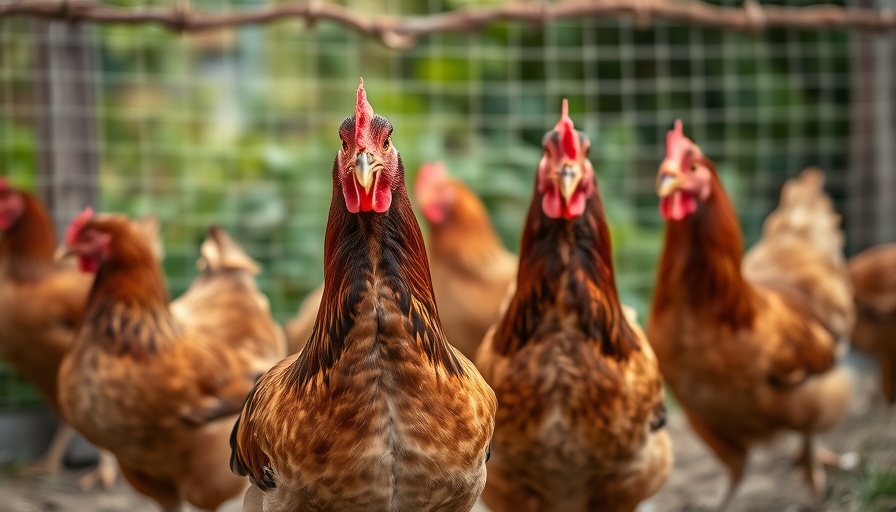
Educational Outreach: A Key to Combating Bird Flu
The ongoing threat of avian influenza, commonly known as bird flu, has prompted scientists and public health officials to focus on education and outreach as vital strategies in curtailing its spread. Each year, outbreaks can devastate poultry populations, leading to significant economic impacts and potential zoonotic infections in humans.
Understanding the Virus
Avian influenza is caused by influenza viruses found in birds, and while most strains are harmless, some can be highly pathogenic. These dangerous strains can spread rapidly through flocks and even jump to humans. For instance, the H5N1 and H7N9 viruses have raised alarms due to their potential to cause severe disease in both poultry and humans.
The Role of Education
Scientists argue that effective education can empower poultry farmers and the general public to recognize symptoms and report potential outbreaks swiftly. This proactive approach not only increases awareness but also fosters a community response that can mitigate the spread. Workshops, online resources, and direct outreach are being employed to equip people with necessary knowledge.
Community Engagement: The Collective Effort
Encouraging local engagement is also essential. Community leaders are being mobilized to spearhead initiatives that promote biosecurity practices among poultry handlers. For example, simple habits such as regular cleaning of equipment and controlled access to farms can substantially decrease the risk of infection.
The proactive measures being implemented underscore the importance of a well-informed public that collaborates to safeguard both wildlife and domestic poultry against the relentless threat of avian flu. As scientists continue their research, education remains a foundational tool in this battle.
 Add Row
Add Row  Add
Add 




Write A Comment